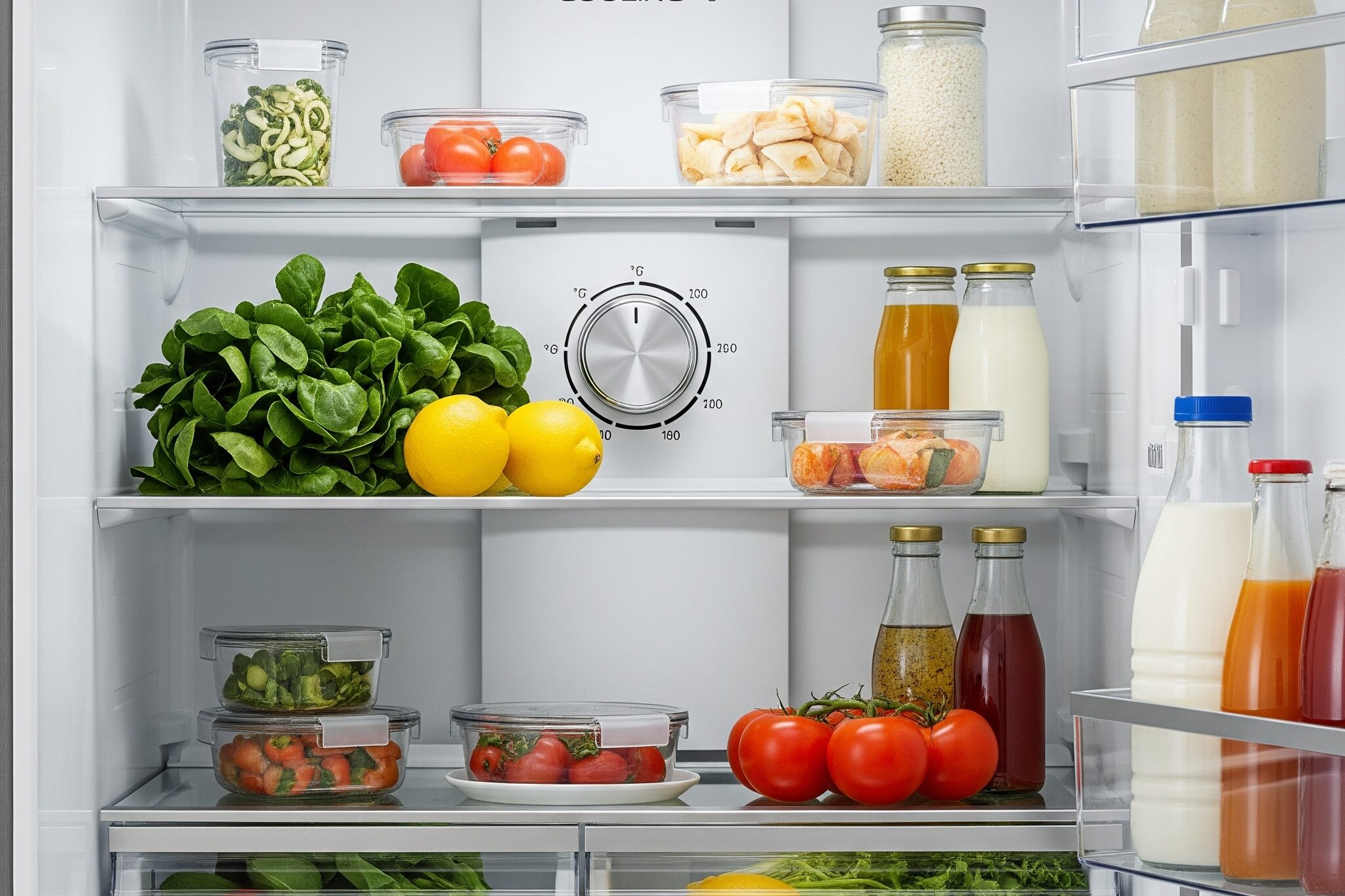
Question: Is a fridge colder on 1 or 7?
Answer: A fridge is colder on 7. Generally, refrigerator settings use a scale where 1 is the warmest and 7 is the coldest.
Understanding Refrigerator Temperature Settings
Many people wonder, “Is a fridge colder on 1 or 7?” This common question highlights a frequent misunderstanding about refrigerator temperature controls. Dial numbers don’t directly represent specific temperatures. Instead, they usually control the power of the cooling system. A higher number like 7 sends more power to the compressor, leading to more cooling. A lower number like 1 reduces cooling power. Therefore, 7 represents the coldest setting and 1 the warmest.
This system can lead to confusion as the numbers don’t represent actual temperatures. Different refrigerator models use different numbering systems, and even within the same model, the actual temperature can vary due to factors like ambient room temperature, how often the door opens, and the amount of food inside. This article clarifies this common confusion, providing a clear explanation of refrigerator settings and practical tips for maintaining optimal food freshness.
How Refrigerator Thermostats Work
Refrigerator thermostats regulate the internal temperature by controlling the compressor. This compressor cycles on and off to maintain the desired temperature. The dial numbers you see on your fridge do not correspond to specific degree settings. They represent the cooling power applied. Higher numbers deliver greater cooling power, making the fridge colder.
Turning the dial to a higher number increases the duration the compressor runs, producing more cold air. Conversely, a lower number shortens the compressor’s run time, allowing the temperature to rise slightly. This system is not standardized, meaning different fridge models and brands may utilize different numbering systems and corresponding temperature ranges.
Click here for more information on more info
Related Article: What Is a Good Fridge Rating?
Related Article: How Long Should a Fridge Last?
The Ideal Refrigerator Temperature
Health Canada recommends keeping your refrigerator at 4°C (40°F) or below. This temperature range significantly slows bacterial growth, preserving food and preventing foodborne illnesses. While your refrigerator dial may not directly display this temperature, understanding the relationship between the dial settings and the actual temperature inside your fridge allows you to maintain a safe and healthy environment for your food.
Using a refrigerator thermometer gives you an accurate reading of the internal temperature, regardless of the dial number. Placing the thermometer in the centre of the middle shelf generally provides a reliable indication of the overall temperature. Regularly check the thermometer to ensure your fridge remains within the safe zone.
Factors Affecting Refrigerator Temperature
Several factors can influence your refrigerator’s temperature, beyond the dial setting. Frequent door openings introduce warm air, causing the temperature to fluctuate. Overpacking the fridge restricts airflow, hindering efficient cooling. The ambient temperature in your kitchen also plays a role. During warmer months, your fridge may need a higher setting to maintain the same internal temperature.
The location of food within the refrigerator also affects its temperature. The door, being the warmest area, is best suited for condiments and less temperature-sensitive items. The upper shelves are generally warmer than the lower ones, and the back of the fridge is colder than the front.
Tips for Maintaining Optimal Fridge Temperature
Regularly check your refrigerator’s temperature with a thermometer. Don’t overpack your fridge. Allow for proper air circulation. Minimize door openings. Avoid putting hot food directly into the refrigerator. Let it cool down first. Clean the condenser coils regularly.
Proper refrigerator maintenance ensures optimal performance and maintains safe food storage temperatures. By understanding your refrigerator’s controls and considering factors affecting temperature, you can keep your food fresh and safe for consumption.
Conclusion
The question, “Is a fridge colder on 1 or 7?” points to the need for a better understanding of refrigerator temperature controls. The dial numbers control cooling power, not specific temperatures, with 7 being colder than 1. Use a refrigerator thermometer to accurately monitor your fridge’s temperature and ensure it remains at or below 4°C (40°F) to safeguard against bacterial growth and food spoilage.
By understanding your refrigerator’s mechanics and following the tips outlined above, you can maintain the optimal temperature for your food, promoting food safety and maximizing freshness. Remember to consult your refrigerator’s manual for specific instructions regarding its temperature controls and recommended settings.

Blue Malue Get in touch with Blue here.
